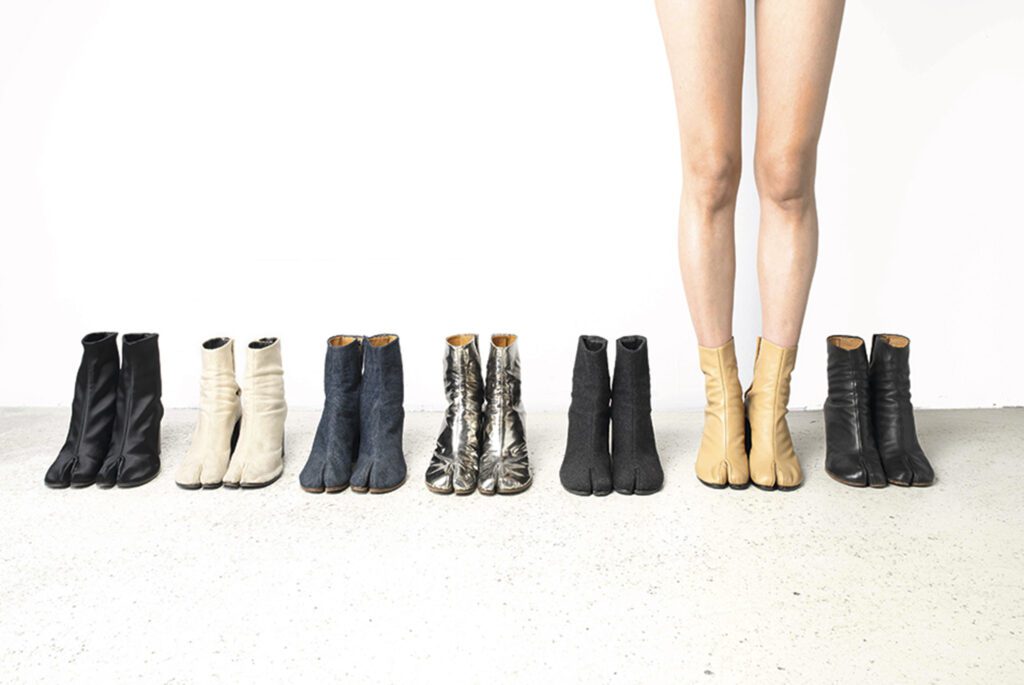
 Years ago I started to keep a note on the details in artists’ biographies recording who their parents were, their wealth, etc. Most were well off and many had a parent or spouse who was already an artist. Others married their success.
Years ago I started to keep a note on the details in artists’ biographies recording who their parents were, their wealth, etc. Most were well off and many had a parent or spouse who was already an artist. Others married their success.
Anna Boghiguian, who had a big solo show at Tate St Ives, was described by The Telegraph (a national newspaper in the UK) as ‘the daughter of an Armenian clock maker, spending most of her career in obscurity.’ Elsewhere I saw that she married a man who founded a contemporary art gallery in America. Barbara Hepworth had a son-in-law who was in charge of the Tate Gallery – Alan Bowness. Tracey Emin and Damian Hirst are artists from working classish backgrounds who fascinated posh gallery owners. Emin had a relationship with curator Carl Freedman, a friend of Hirst’s.
Having a relation who devotes themselves to your promotion posthumously like Van Gogh’s sister-in-law is invaluable. How someone whose brother was an art dealer could only sell one painting in his lifetime is a mystery, unless Theo made no effort to sell Vincent’s paintings. At every level of our hierarchical societies there are difficulties for the lower classes. When higher education was free, more working class actors and artists could at least begin their careers, now they are put off even starting college due to the cost.
Competitions and exhibitions are occasionally selected with contestants kept anonymous. In our local Penwith Society there is a nod to this by not mentioning the names of artists, except those of the hanging committee whose works get chosen, but of course everyone recognises the style and content of the usual suspects. The Turner prize invited people to submit artists who kept to the age limits and had had solo shows – but as I know personally your proposer might well never hear anything more about their proposal – leaving one to think the ones that get onto the list are already known – either by name or style to the selectors.
Dealers rarely go out looking for talent. Curators even less so.
Artists are advised that unsolicited applications are unlikely to succeed.
Can you or I even imagine a different way of doing things?
In Cuba unheard-of potential dancers with no insider connections are accepted and flourish. I suppose we get the art our political and social systems facilitate; unless we change to a more egalitarian socialism – more democratic and diverse – then this is how it will be. The patrons and the curators guard the gates as much as the church and aristocracy did in the past.
I made a short video called ‘Art Notes’ – on Vimeo under my name – in which to a satirical song soundtrack I wrote the words:
‘STOP MINDING THAT YOU ARE NOT A GLOBAL SUCCESS’.
The whole caboodle is a pyramid – publicity can only cope with a few stars who then become global artists who jet into new locations, seize on some obvious feature of a place and throw together bodies of work before departing. Artists describe themselves as ‘somewhere based’ (for example, St Ives based) – as if at any moment they are about to be summoned elsewhere. Artists seek residencies instead of living and working somewhere. Could local curators leave municipal gallery buildings and research for themselves?
Could local newspapers have more informed critics who don’t just print press releases? Could artists’ co-operatives flourish beyond the local? Could an Artists’ Union put on shows of unknown artists? Could TV regularly feature serious living artists not just craftworkers in amateur competitions?
Artists will keep working – but please – contribute ideas for changing the status quo.
Volume 35 no 1 September / October 2020
MARY FLETCHER is a multimedia artist flaneur: www.axisweb.org/p/maryfletcher She has an MA in contemporary visual art and writes the blog: 4maryfletcher.blogspot.com. She is a humanist, feminist and socialist, influenced by psychotherapy. She lives in St Ives, Cornwall, UK.


How do artists achieve success and why has the subject been so little explored? Mary Fletcher is shining a spotlight on an uncomfortable subject, feelings may get hurt, every artist will question what they’ve achieved, just how successful they are compared to their youthful expectations. And yet it is about time someone asked such questions. One take-away away from this article is how a connection with one influential curator or artist was a career path for so many.